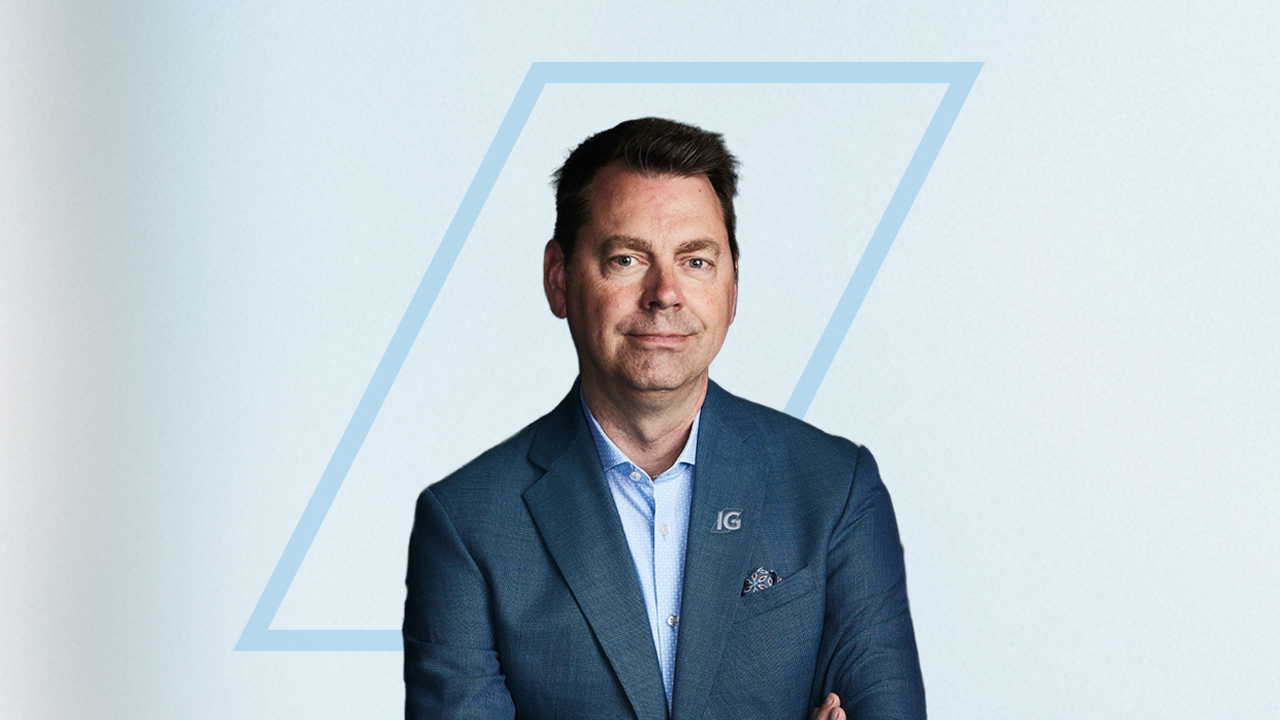While Registered Retirement Savings Plans (RRSPs) are undoubtedly a popular retirement savings tool, many people use them as if they were a regular savings account. Almost 40% of Canadians withdraw money from their RRSP before they retire, and many of those people don’t expect to put back what they took out (and this also reduces their total contribution room).
However, there are considerable financial repercussions when doing this, the main one being the tax consequences. We examine how RRSP withholding tax works, what it means to your finances and how to avoid paying it.
Is there a withholding tax on RRSPs?
Normally, when you make RRSP withdrawals, taxes are withheld at source, (these are known as withholding taxes). These are essentially an estimate and prepayment of the income taxes you may owe when you eventually file your income tax returns.
The amount of RRSP withholding tax you’ll pay will depend on how much money you take out. These are the withholding tax rates for residents of Canada:
10% (5% in Québec) |
up to $5,000 |
20% (10% in Québec) |
over $5,000 and up to $15,000 |
30% (15% in Québec) |
over $15,000 |
Residents of Quebec will also pay a provincial withholding tax (find out more from Revenue Quebec). Non-residents of Canada pay 25% in withholding taxes (unless the amount is reduced by a tax treaty).
How to calculate RRSP withholding tax
RRSP withholding tax is taken off at source, so you don’t need to calculate it yourself. When you withdraw money from your RRSP, your financial institution will deduct the withholding tax automatically. However, to give you an idea of how much RRSP withholding tax you might have to pay, below are some examples of what you will receive when withdrawing from your RRSP:
Withdrawal amount |
Withholding tax |
You receive |
$5,000 |
$500 |
$4,500 |
$10,000 |
$2,000 |
$8,000 |
$20,000 |
$6,000 |
$14,000 |
$40,000 |
$12,000 |
$28,000 |
As you can see, RRSP withholding taxes can be significant.
People living in Quebec can find out their total withholding tax amounts from Revenue Quebec.
How much income tax do you pay on RRSP withdrawals?
RRSP withholding tax isn’t the only payment you might have to make. The gross amount that you withdraw from your RRSP is included in your income for the year, so you may have to pay even more in income tax, when it comes time to file your taxes. The exact amount will depend upon your tax rate and your total taxable income for the tax year (which includes your RRSP withdrawal amount).
Early RRSP withdrawals can cost you twice
Apart from having to pay RRSP withholding tax (and possibly even more in income tax), withdrawing money from your RRSP will also cost you when you come to retire. Any amount that you withdraw will lose the benefits of compound returns over time.
This is particularly costly if you’re several decades from retirement, as early withdrawals mean that you lose that amount of money in allowable contribution space in the future. That money could be worth a lot by the time you retire. Below are some examples of what an amount withdrawn from an RRSP could be worth in 30 years’ time if it were kept in the plan:*
Current value |
Value in 30 years |
$5,000 |
$22,339 |
$10,000 |
$44,677 |
$20,000 |
$89,355 |
$40,000 |
$178,710 |
* Based on an average annual return rate of 5%, with returns compounding monthly.
How to avoid withholding tax on an RRSP
The simplest way to make sure you don’t pay RRSP withholding tax is to wait until you’re ready to retire, then transfer the money in your RRSP to either a RRIF (registered retirement income fund) or an annuity. If you then withdraw the minimum amount from your RRIF, you will only pay income tax on that amount, if applicable, and no RRSP withholding tax.
There are two common ways to withdraw money without paying RRSP withholding tax. The first is if you use the money for a down payment on a new home, as part of the government’s Home Buyers’ Plan. You can take out up to $35,000 without having to pay RRSP withholding tax (though some locked-in RRSPs and group RRSPs do not allow this).
There are a number of conditions, such as being classed as a first-time home buyer, and you generally have to pay the money back into your RRSP within 15 years.
The second way to avoid paying RRSP withholding tax is if the money is to be used to finance your education, as part of the government’s Lifelong Learning Plan (LLP). You can withdraw up to $10,000 each calendar year from your RRSP (up to $20,000 in total), to pay for your own full-time education or training, or that of your spouse. Again, there are several conditions that you need to meet to be eligible for the plan. Also, you generally have to pay the money back into your RRSP — usually within 10 years after the date you finished your studies — and typically in 10 equal instalments.
If you need to withdraw money from your RRSP for another purpose (such as to pay for renovations or pay off high-interest debt), you can avoid paying RRSP withholding tax by finding another source of funding. Taking out a home equity line of credit or refinancing your mortgage could prove to be a lot less costly than the large amounts of RRSP withholding tax you could end up paying.
Start by discussing your RRSP withdrawal options
Your IG Advisor will be able to go through all the possible options for funding that will prevent you from having to withdraw from your RRSP early and therefore paying RRSP withholding tax. It’s important to discuss RRSP withdrawal rules before you withdraw anything from your RRSP, so give them a call today to set up a meeting. If you don’t have an IG Advisor, you can find one close to you here.
Written and published by IG Wealth Management as a general source of information only, believed to be accurate as of the date of publishing. Not intended as a solicitation to buy or sell specific investments, or to provide tax, legal or investment advice. Seek advice on up to date withholding rules and rates and on your specific circumstances from an IG Wealth Management Consultant. Trademarks, including IG Wealth Management and IG Private Wealth Management are owned by IGM Financial Inc. and licensed to its subsidiary corporations.
Banking products and services are distributed through Solutions BankingTM. Solutions Banking products and services are provided by National Bank of Canada. TM Solutions Banking is a trademark of the Power Financial Corporation. IG Wealth Management and design are trademarks owned by IGM Financial Inc. and licensed to its subsidiary corporations. National Bank of Canada is a licensed user of these trademarks.








